Question:
I’ve heard a lot about flax and my doctor suggested I add some into my gluten-free diet. Can you tell me more about it, and how I can incorporate it into my diet?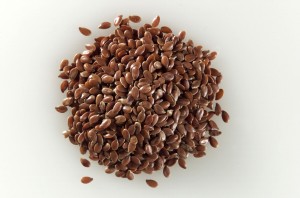
Answer:
Flax is a flat, oval seed with a pointed tip – about the size of a sesame seed. It is widely grown across the Canadian prairies and northern USA. Some varieties of flax are grown for human food consumption while other varieties are used to produce fiber for industrial purposes (e.g., linoleum flooring, linen clothing). The brown and yellow flax seeds grown for human consumption are both very similar in their nutritional composition. Flax is available as an oil, whole seed or ground flax seed (also known as milled flax seed). Grinding ensures that all seeds are broken up, enabling the nutrients present to be absorbed by the body. Ground flax seed can be purchased in vacuum-sealed packages on store shelves or in plastic bags found in the refrigeration section. Whole flax seed can also be ground in a coffee grinder, food processor or blender to the consistency of finely ground coffee.
How to Incorporate Flax in Gluten-Free Cooking and Baking:
Time for an oil change: Flax oil is versatile and easy to use in gluten-free cooking. It is best used in cold foods such as fruit smoothies and salad dressings. It is not recommended for frying as it breaks down when exposed to high temperatures. The oil can also be drizzled over cooked gluten-free pasta!
Flax is a winner for breakfast, lunch or dinner: Whole flax seed and ground flax seed have a light, nutty flavor which becomes more robust if the flax is roasted. Whole and ground flax seed can be used in a wide variety of foods such as muffins, breads, pancakes, waffles, cookies, fruit cobblers, hot cereals, casseroles, meat loaf, burgers, stew, spaghetti sauce, rice dishes and salads. And don’t forget dessert! Mix ground flax in fruit smoothies, yogurt, pudding, cottage cheese, and even ice cream and frozen yogurt.
Got an Egg allergy? Take note! Flax can be used as an egg replacer. To replace 1 egg, soak 1 tsp. of ground flax in 1/4 cup boiling water for 5 minutes. Cool before using. Works best in cookie and snack bar recipes.
Cooking Tips When Using Flax:
Add the liquid: When adding ground flax to a recipe extra liquid must be added (e.g., for every 3 tbsp. of flax add 1 tbsp. liquid).
Lower the heat: Baked goods containing ground flax have a chewier texture and tend to brown more rapidly so the temperature may need to be reduced.
How to Store & Handle Flax:
Flax has got a good long life:
Whole flax seed can be stored at room temperature for up to one year.
Chilled & opaque:
Ground flax seed should be stored in a sealed opaque container in the refrigerator or freezer. For optimum freshness, it is best to grind flax seed as you need it, since the natural fats in flax seed go rancid if left exposed to heat or air. Flax oil is very perishable and should be kept refrigerated in an opaque container.
Nutritional Information About Flax:
Take heart – Flax is good for your overall health: Flax has been consumed throughout history for its nutritional and health benefits. It is rich in alpha-linolenic acid (an essential omega-3 fatty acid), fiber (soluble and insoluble) and plant lignans. These components play a role in the maintenance and improvement of general health. Flax helps promote bowel regularity due to its very high fiber content. It may also help protect against coronary heart disease, as well as breast and colon cancer. In addition, autoimmune diseases, like many other chronic diseases, are a disease of inflammation, and flax is being studied for its positive role in immune and inflammatory reactions.
High in fiber: Whole flax seeds are an excellent source of fiber. In order to gain all the benefits of flax seed, including the omega-3 fatty acids, lignans, protein, vitamins and minerals, it is important to grind the whole flax seed. This improves the bioavailability of these components.
Vitamin and nutrient powerhouse: Flax is very high in iron, magnesium, zinc, calcium, phosphorus, potassium, thiamin, niacin, vitamin B6 and protein. It is a source of other B vitamins and other nutrients.
I highly suggest that anyone on a gluten-free diet give flax a try and incorporate it into their diets. Check out some of these recipes that include flax in the ingredients list:
Oven-Fried Chicken
High-Fiber Hot Cereal
Crunchy Granola
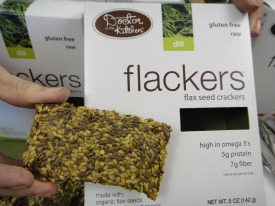 Check out Flackers®
Check out Flackers®
While speaking on the gluten-free diet at the Natural Products Expo West conference in California in March, I had the chance to visit the exhibit hall and sample many new gluten-free products. I enjoyed a unique product called Flackers® developed by Dr. Alison Levitt, MD. This large flax seed cracker is made of brown and golden flax seed and tasted great with hummus or peanut butter. Three crackers have 100 calories, 7 grams of fiber and 5 grams of protein and are available in three flavors- savory, dill and rosemary.
Ask Shelley Case is a feature of BeFreeForMe.com. It is published the second Tuesday of each month. Shelley Case, RD is a Consulting Dietitian, Speaker and Author of Gluten-Free Diet: A Comprehensive Resource Guide. Visit Shelley and get more gluten-free tips & info at: www.glutenfreediet.ca
Background information and excerpts taken from the following company publications and websites:
Flax Council of Canada
Saskatchewan Flax Development Commission
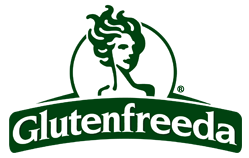
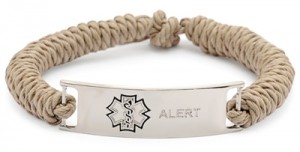 I wear one. I wear it all the time. I never take it off. I’d never leave home without it.
I wear one. I wear it all the time. I never take it off. I’d never leave home without it. education…”
education…” 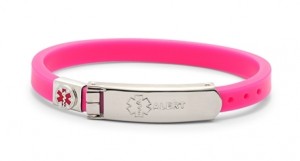 Some of the most popular (and my favorite!) medical alert bracelets sold by Hope Paige include the
Some of the most popular (and my favorite!) medical alert bracelets sold by Hope Paige include the 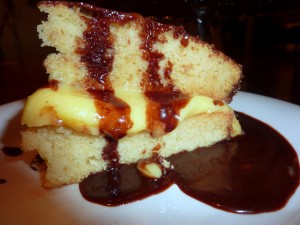 Massachusetts, the Boston Cream Pie.
Massachusetts, the Boston Cream Pie.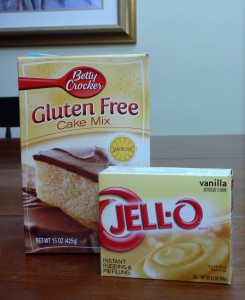
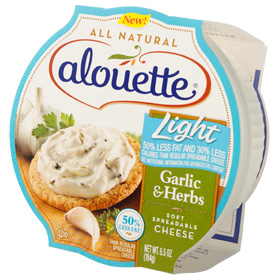 This week’s Friday Favorite is all about spreading gluten-free love. Alouette style.
This week’s Friday Favorite is all about spreading gluten-free love. Alouette style.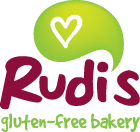 I love good old fashioned competition. Especially when it has to do with cooking that’s involves delicious gluten-free foods!
I love good old fashioned competition. Especially when it has to do with cooking that’s involves delicious gluten-free foods!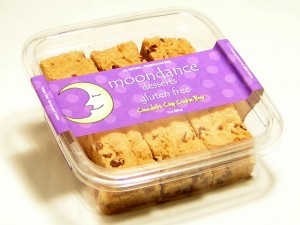


 Looking for a fun snacking cracker that is gluten-free, nut-free (produced in a nut-free facility) and is packed with real cheese? Then check-out Wellaby’s Grated Parmesan Mini Crackers.
Looking for a fun snacking cracker that is gluten-free, nut-free (produced in a nut-free facility) and is packed with real cheese? Then check-out Wellaby’s Grated Parmesan Mini Crackers.